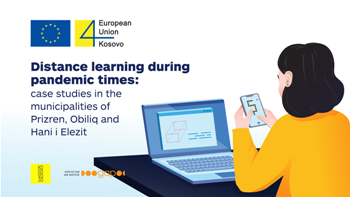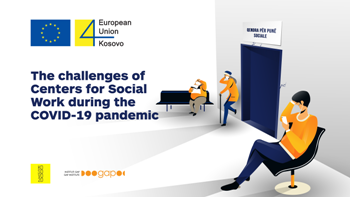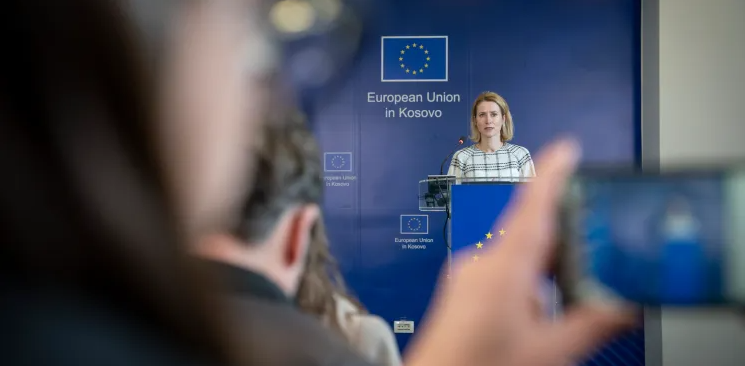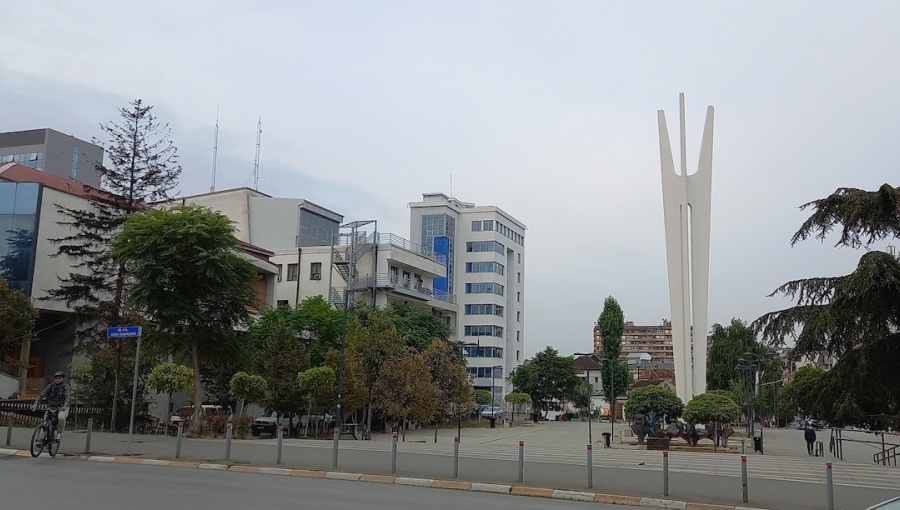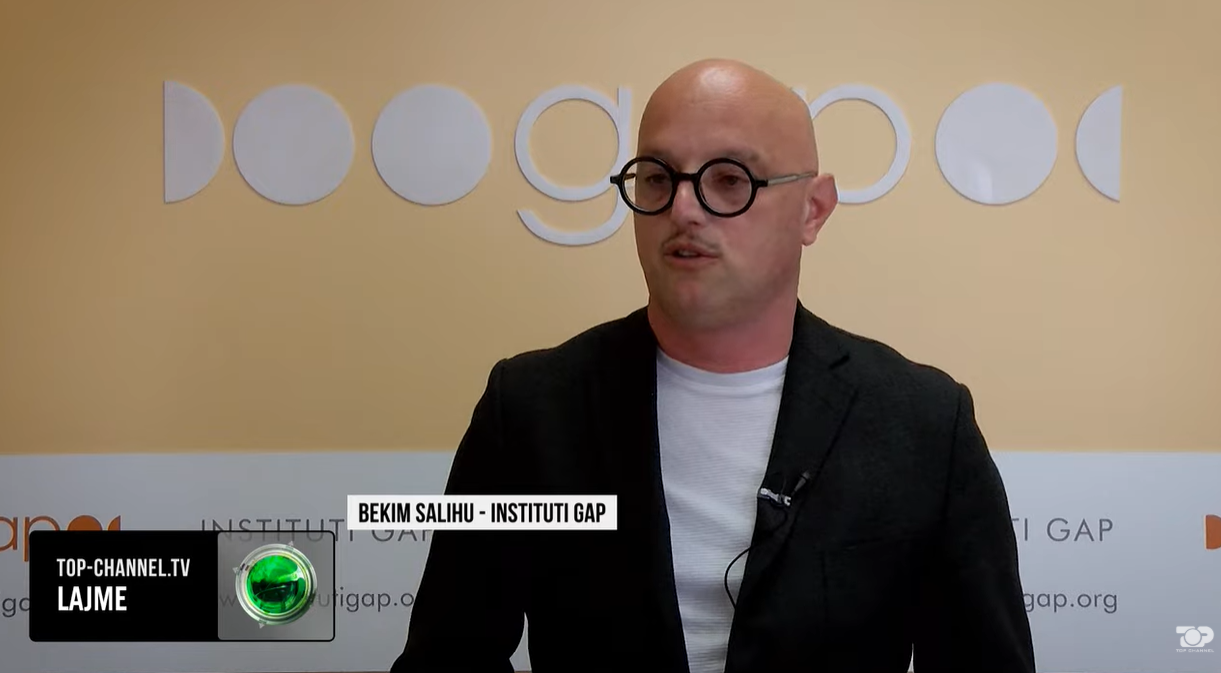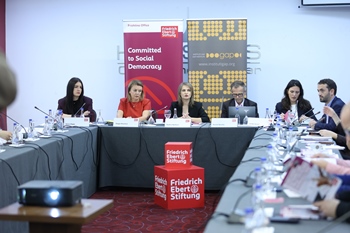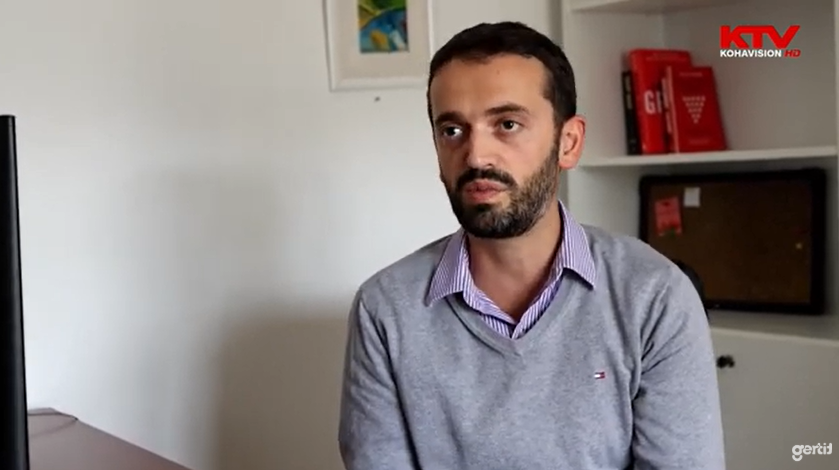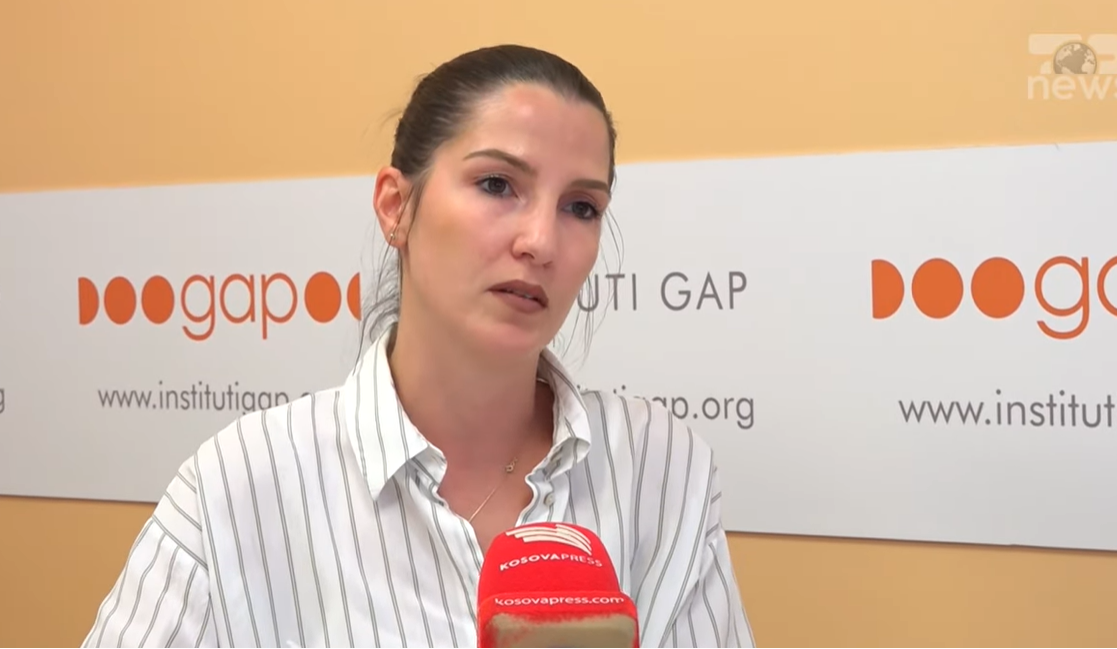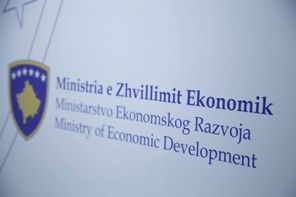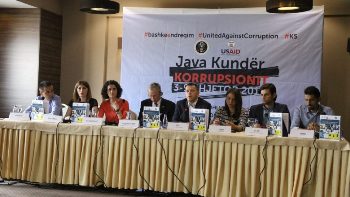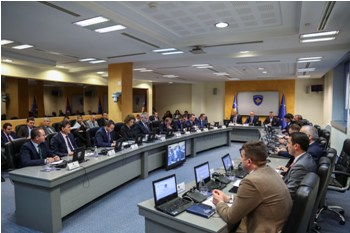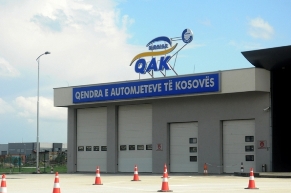GAP Institute organized a debate about the current situation of clay brick manufacturers
26/03/2016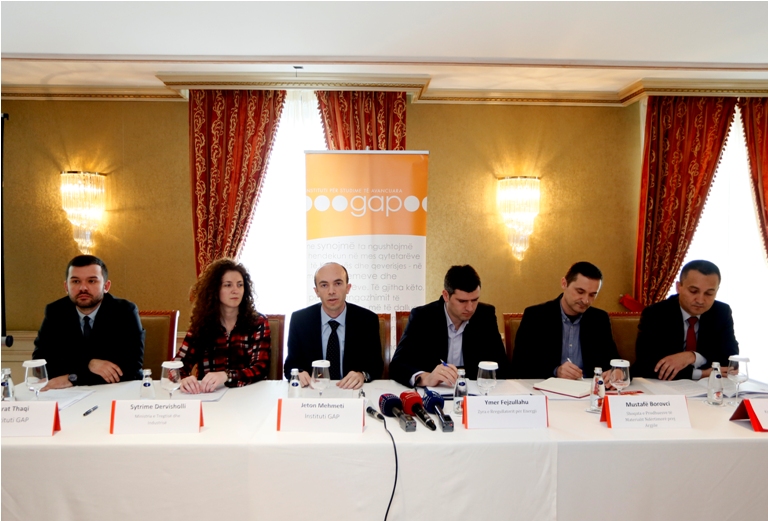
GAP Institute today organized a debate about the current situation of clay brick manufacturers. In a one-year study for these manufacturers, GAP has researched their problems and opportunities.
According to the analysis conducted by GAP, the domestic demand for construction materials, clay bricks specifically, is very well covered from the local producers, which cover up to 80% of the demand. Currently, this production sector employs around 850 individuals in the eight producing factories in Kosovo. But the local producers face different problems. The high production cost, being one of them, comes from the high price of electricity, licensing costs, high interest rates, lack of professionals, taxes on the raw materials etc.
Mustafë Borovci, from the Association of Brick Manufacturers, stated that since after the war the needs and requests for clay bricks have been great, especially in the process of reconstruction. But this sector had been destroyed and local production began only in 2002, after the revitalization and privatization of public enterprises. Now this sector has begun to export, especially in Macedonia. However, this sector faces many problems that can be categorized in four main points: the price of electricity, which is around 40% higher than in Serbia; bureaucracy from the Independent Commission for Mines and Minerals, especially regarding licenses to exploit and use clay; the Law on Debt Clearance does not include debt owed to ICMM, since a part of the manufacturers have accumulated and inherited debt up to 2009; and lack of a properly skilled labor force. According to Mr. Borovci, a positive measure undertaken by the Ministry of Trade and Industry is the protective layer of two cents on imports from Serbia, which was a measure to protect local manufacturers. Around 15-16% of the production cost comes from electricity. The main competitors in this sector are producers from Serbia and Albania, so the electricity prices should be competitive with those of these two countries.
Ymer Fejzullahu from the Energy Regulatory Office informed the audience that in the upcoming week the consulting process for the new electricity fees will be concluded. As for the domestic consumers, Kosovo has the lowest prices in the region, whereas regarding the industrial consumers, Kosovo has higher prices than Bosnia and Montenegro, based on the 2014 fees. If local producers consider the electricity prices in Serbia lower, then now through the liberalization of the market they can purchase electricity from Serbia.
Sytrime Dervisholli from the Ministry of Trade and Industry stated that from June 2011 there is a protective measure in place for products from Serbia. But this measure has been canceled and replaced with the anti-dumping measure, because the products imported from Serbia are sold at a lower price here than in Serbia. These measures have been successful because the import has been replaced with local production. But according to Ms. Dervisholli, this measure cannot be enforced infinitely, due to the obligations that come from CEFTA; therefore, local producers should make use of this period to strengthen their productive capacities and to become self-sustainable.
Azem Rexhaj from the Independent Commission for Mines and Minerals emphasized that many production companies in this sector have overdue obligations due to fines and debt; therefore, the inclusion of ICMM in the list of the institutions for debt clearance would help the production sector, but would facilitate the work of ICMM as well. The elaborate for exploitation should not be removed from the Law on Mines and Minerals because it helps the producers as well. Companies should consider larger spaces for exploitation. Mineral rent is determined by the Assembly of Kosovo and it is 13 cent per ton, which is a reasonable tax. According to Mr. Rexhaj, the documents required for licensing is too voluminous, but if the companies manage to fill those forms correctly, ICMM responds within 30 days.
Click HERE to read the full analysis.
